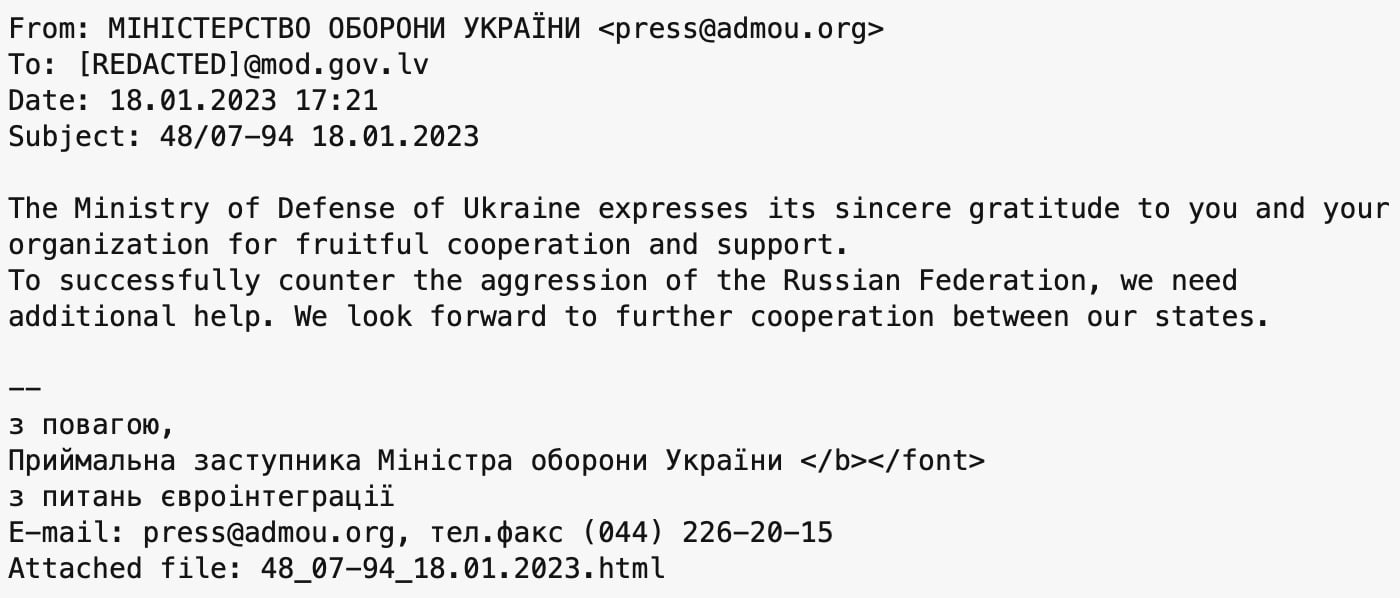Salesforce Zero-Day Exploited to Phish Facebook Credentials
Attackers were recently spotted exploiting a zero-day flaw in Salesforce’s email and SMTP services in a sophisticated phishing campaign aimed at stealing credentials from Facebook users.
Guardio researchers detected cyberattackers sending targeted phishing emails with @salesforce.com addresses using the legitimate Salesforce infrastructure. An investigation revealed that they were able to exploit a Salesforce email-validation flaw to hide behind the domain’s trusted status with users and email protections alike.
The sender of the emails claimed to be “Meta Platforms,” and the messages included legitimate links to the Facebook platform, further bolstering legitimacy.
“It’s a no-brainer why we’ve seen this email slipping through traditional anti-spam and anti-phishing mechanisms,” Guardio Labs’ Oleg Zaytsey and Nati Tal noted in the post. “It includes legit links (to facebook.com) and is sent from a legit email address of @salesforce.com, one of the world’s leading CRM providers.”
The messages directed recipients via a button to a legitimate Facebook domain, apps.facebook.com, where content has been altered to inform them that they’d violated Facebook’s terms of service. From there, another button led to a phishing page that collected personal details, including full name, account name, email address, phone number, and password.
Nonetheless, “there is no evidence of impact to customer data,” Salesforce told Guardio. The flaw, meanwhile, has been fixed.
Abuse of Discontinued Facebook Games
On the Facebook side, attackers abused apps.facebook.com by creating a Web app game, which allows customized canvases. Facebook has discontinued the ability to create legacy game canvases, but existing games that were developed prior to the end of the feature were grandfathered in. It appears that malicious actors abused access to these accounts, the researchers said.
In doing this, they could “insert malicious domain content directly into the Facebook platform — presenting a phishing kit designed specifically to steal Facebook accounts including two-factor authentication (2FA) mechanism bypasses,” the researchers said, adding that Facebook parent Meta “quickly removed the…




